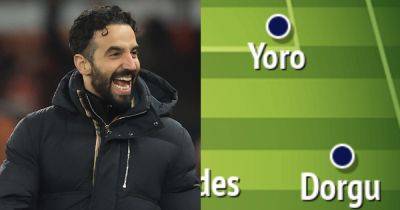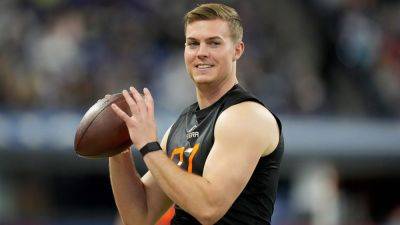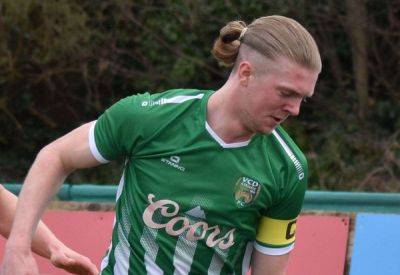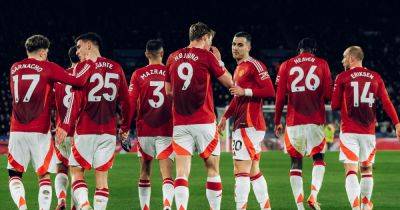How architects decided on a trident for new Manchester United stadium - and what will happen to the Trinity statue
When the first image of the Manchester United stadium conceptual design finally loaded on my laptop, the reaction was one of shock.
Those of us invited to Foster + Partners' headquarters in Battersea on Tuesday received the imagery in advance of the 10am embargoed time (which United then broke). We later discovered the stadium architects were milling around in the room. Keeping counsel was a struggle.
The 'trident' design, to symbolise the three-pronged spear the devil wields in the United crest, initially resembled a circus tent. It still does from several angles.
Shortly after the embargo was lifted, the memes started. The stadium was likened to a Butlin's resort, Andre Onana was mocked up as a clown in front of a circus tent, some speculated if the trident, with an apex of 200 metres, would be the away end with a £666 ticket price.
The architects, Nigel Dancey and Patrick Campbell, suggested the addition of the trident was almost an afterthought, a decorative addition. A United official claimed it had been decided on from the early stages.
Lord Foster designed Wembley. Its arch can be seen from land, sea and air for miles. The trident could be spotted from the Peak District if it survives the backlash.
"I think that when you look at stadiums, they are pretty much always fortresses," Dancey said. "And I think our idea, particularly as we're looking at it within the context of master planners, was to really open it up and to do that with the roof and have these covered spaces.
"And I think as it kind of grew, the idea of a covered space, well how do you do a structure for that? The verticality of the mast kind of helps.
"To be fair, the trident kind of came later, we'd already designed the stadium and then somebody








